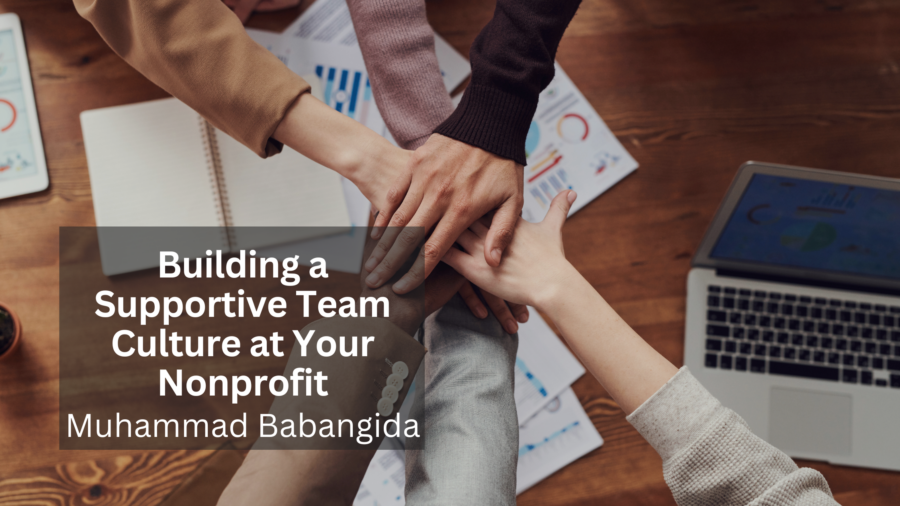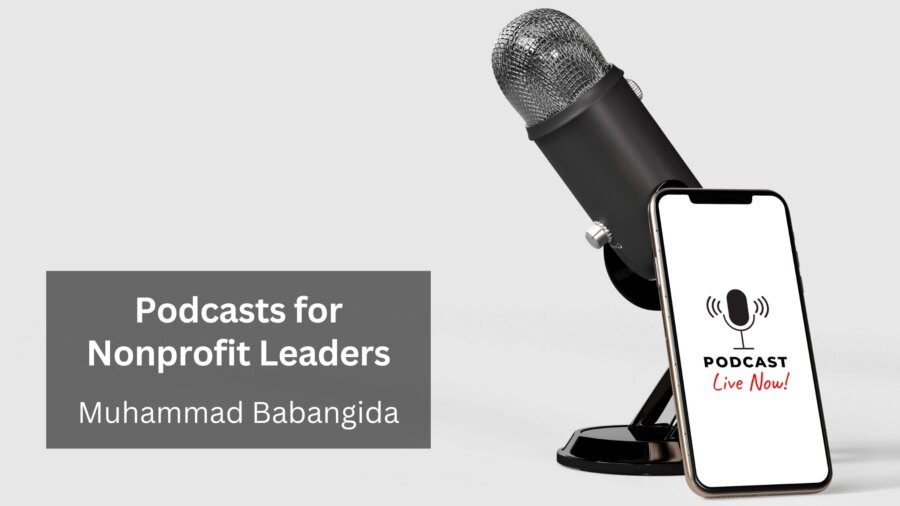Working in the nonprofit sector can be incredibly rewarding. You get to see your work directly impacting people’s lives, contributing to a cause you believe in. But let’s face it: non-profit work can also be demanding. Long hours, tight budgets, and the ever-present need to make a difference can sometimes lead to burnout. So, how do you keep your excellent nonprofit employees motivated and feeling valued? Here are four key strategies:
- Remind Them of the Why: Rekindle the Passion
A cause, not a paycheck, drives nonprofit employees. They wear their mission statement on their hearts. So, take the time to remind them of their incredible work and the real difference they’re making in the world. Share success stories, testimonials from beneficiaries, and data showcasing their efforts’ impact. Organize volunteer days or site visits so they can see firsthand the lives they’re touching, and keeping the “why” front and center reignites their passion and motivates them to keep pushing forward.
- Empowerment Over Micromanagement: Trust Your Team
Micromanagement is a surefire way to squash any employee’s motivation. Trust is vital in a non-profit where creativity and problem-solving are essential. Give your employees the autonomy to make decisions, experiment with new ideas, and take ownership of their projects. Provide them with the resources and support they need, but let them run with it. This fosters a sense of responsibility and accomplishment, leading to a more engaged and motivated workforce.
- Celebrate the Wins, Big and Small: Recognition Matters
A simple “thank you” can go a long way. But don’t stop there! Publicly recognize and celebrate the achievements of your employees, both big and small. Did a team member go above and beyond to secure a significant grant? Acknowledge it in a staff meeting or newsletter. Did someone develop a new program that’s showing early signs of success? Give them a shout-out for their innovation. Recognition shows employees that their efforts are valued, boosting morale and motivation.
- Invest in Growth Opportunities: Sharpen Their Skills
Nonprofit work can sometimes feel like a treadmill – constantly busy but not always moving forward. Offer your employees opportunities to learn and grow professionally. This could involve sending them to conferences or workshops related to their field. It could provide them with online courses or webinars to develop new skills. Investing in your employees’ growth shows that you’re committed to their long-term success, which, in turn, keeps them motivated and engaged in their work.
By implementing these simple strategies, you can create a work environment that fosters motivation, keeps your employees feeling valued, and ultimately helps your non-profit reach its full potential. Remember, your employees are the heart and soul of your organization. Invest in them, and they’ll return their passion and dedication to your mission.










